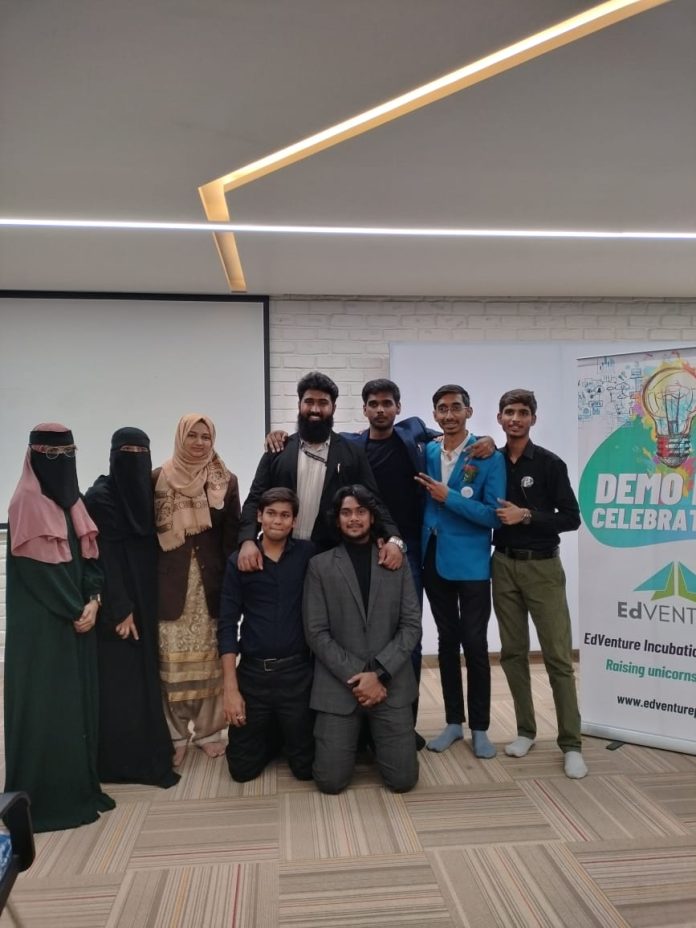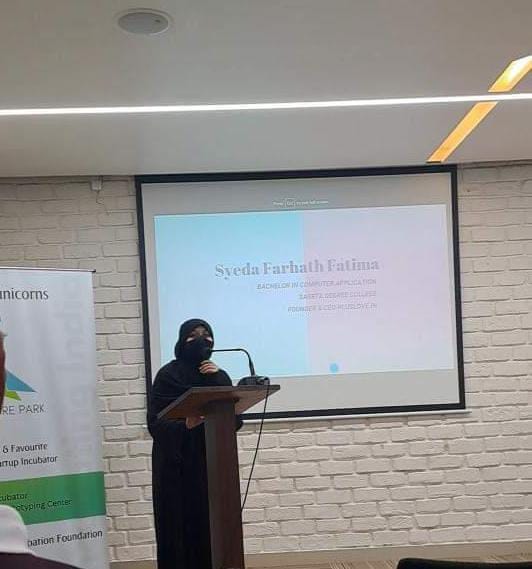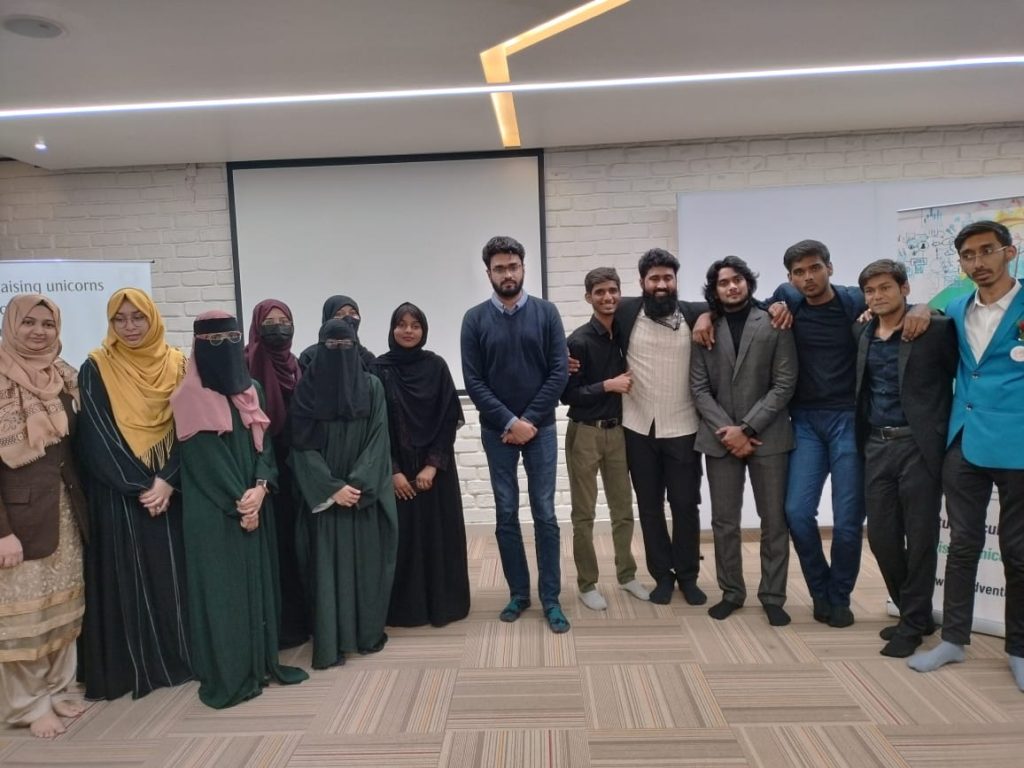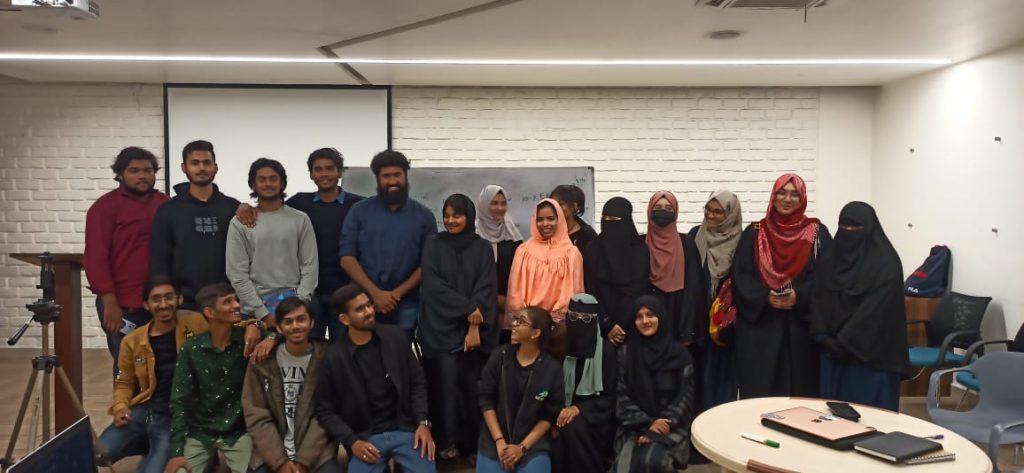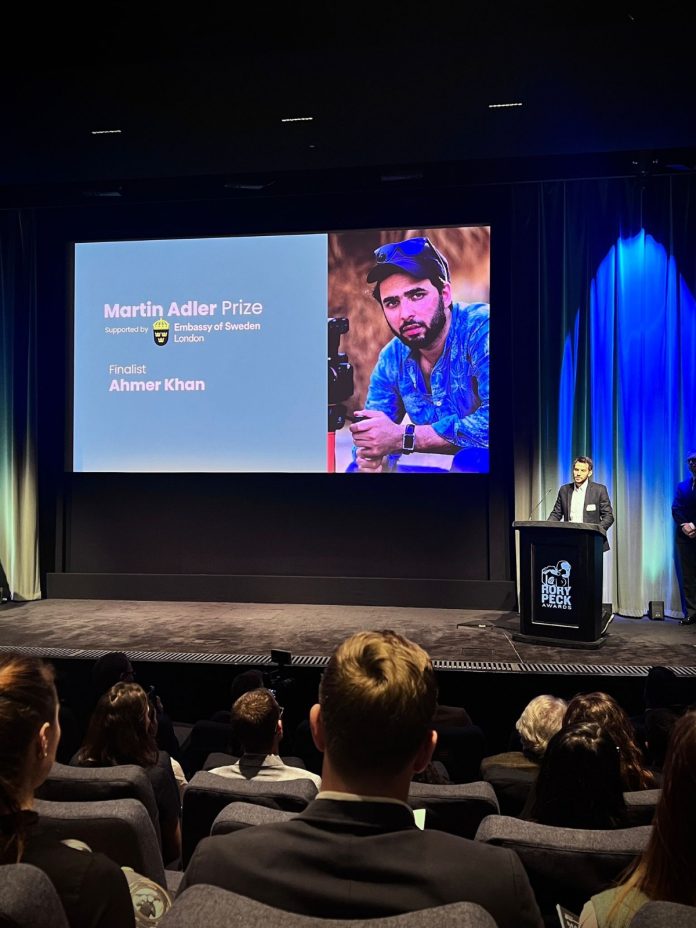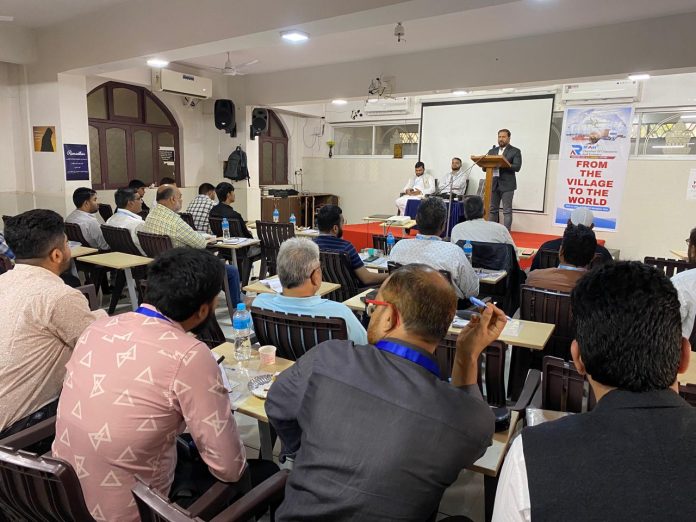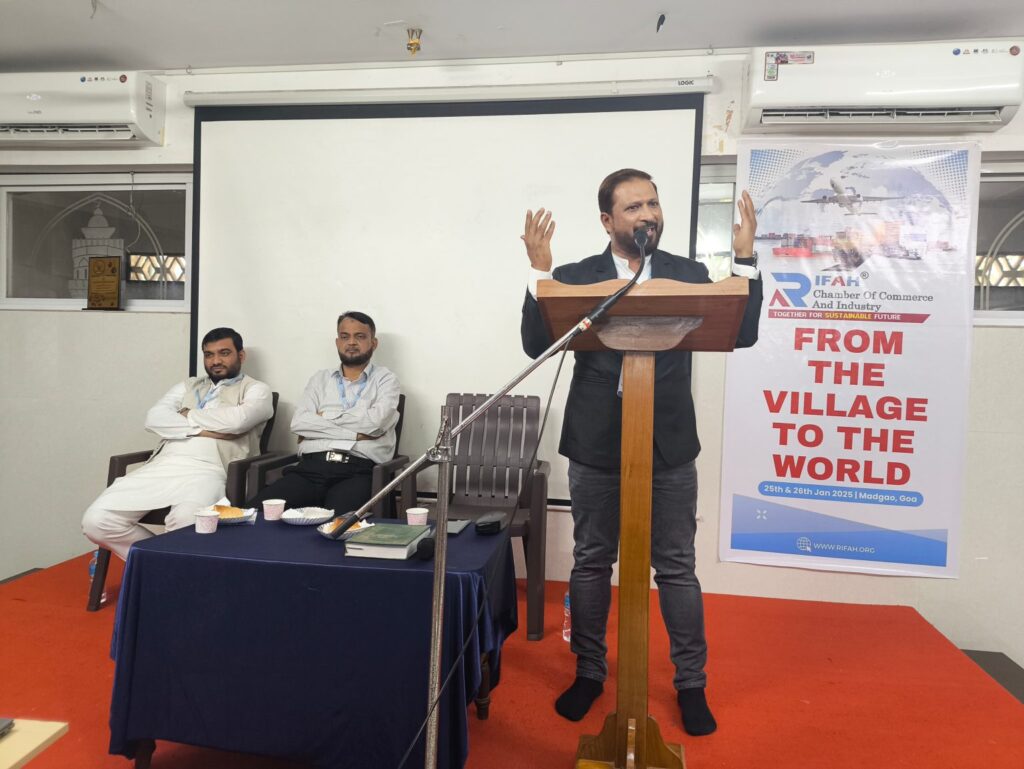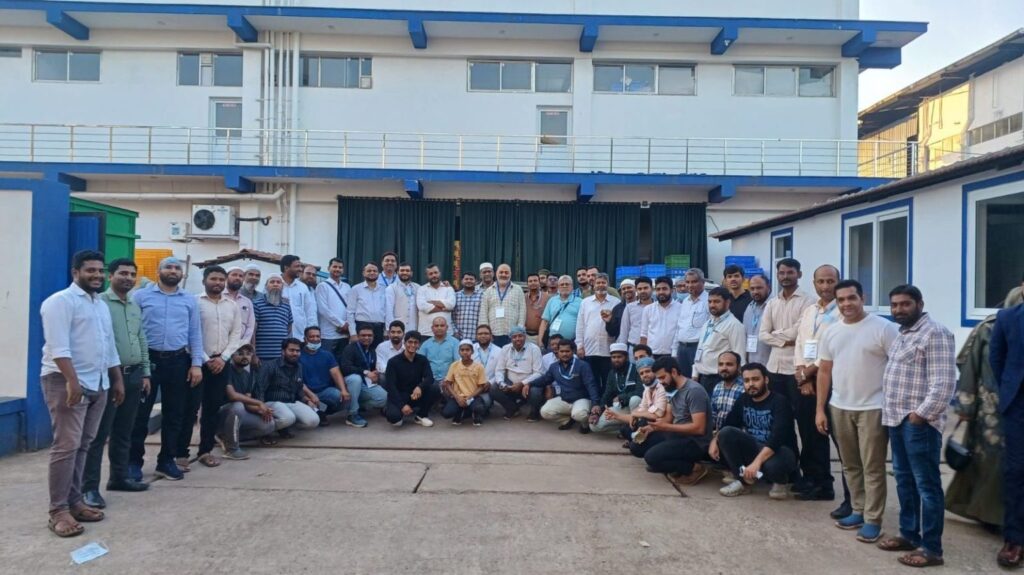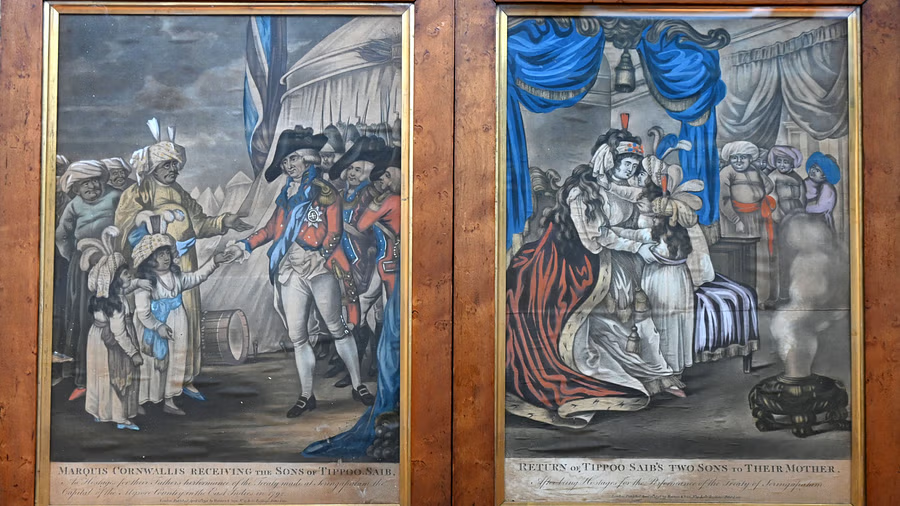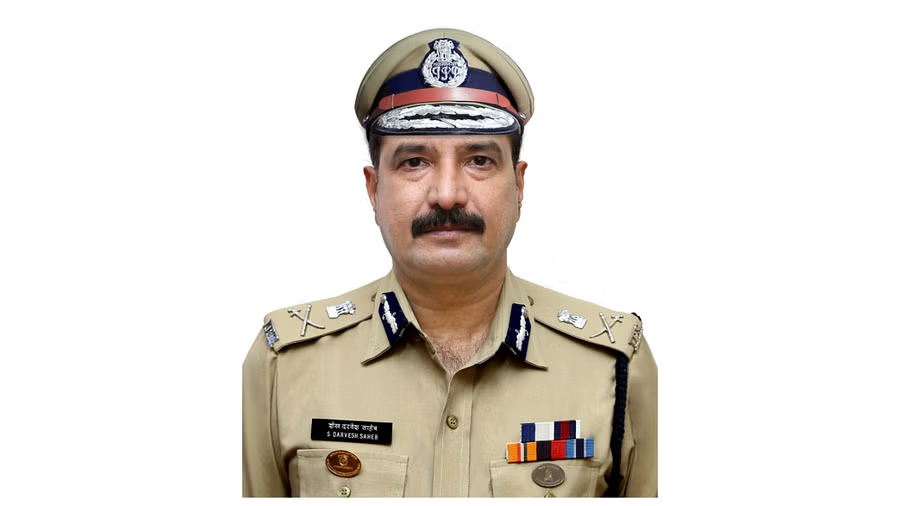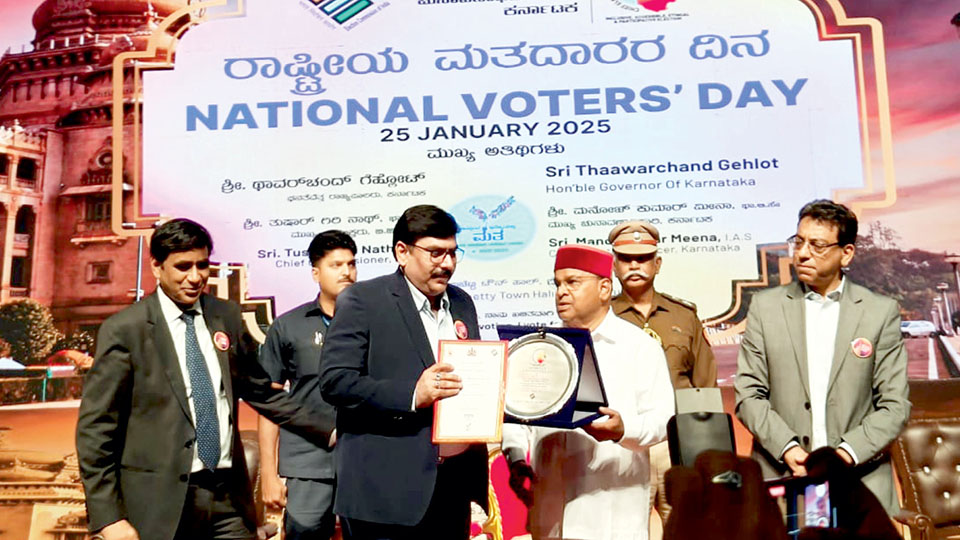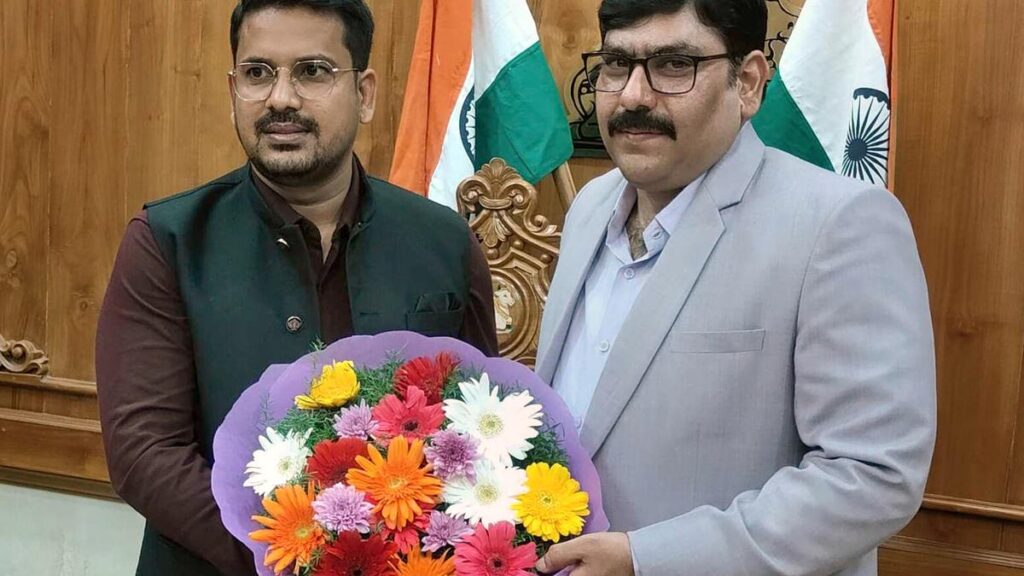Pardi (Taluka Ardhapur), MAHARASHTRA :
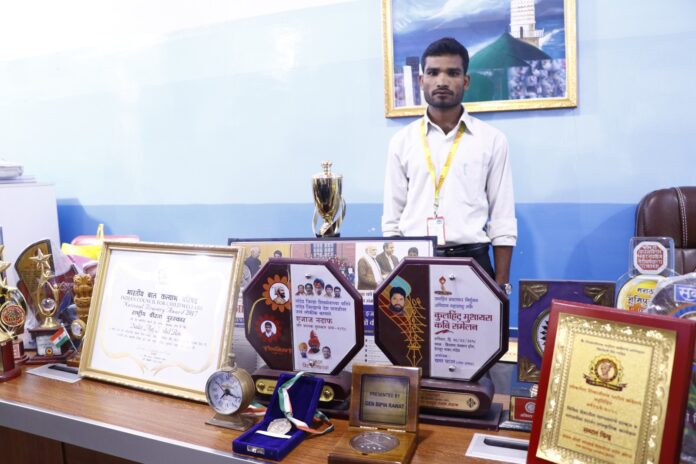
Pardi:
In Taluka Ardhapur, the 6th-grade Urdu textbook at Bal Bharti now includes the story of Ejaz Nadaf, a remarkable young individual who was honored with the prestigious “National Bravery Award”. Ejaz Nadaf’s courageous act at the age of 16 is now praised in this textbook.
The inclusion of Ejaz’s story raised questions about who presented the award, when it was received, the district he belongs to, and the village he hails from.
On April 30, 2017, Ejaz saved two girls from drowning in a river, which led to him being awarded the “National Child Bravery” award on January 26, 2018, by Prime Minister and President Ramnath Kovind.
Ejaz Nadaf was the only student in all of Maharashtra to receive this prestigious award in 2018.
Having completed his education from 1st to 12th grade in his village, Ejaz displayed immense bravery during his 10th grade at Rajabai High School.
For the betterment of his studies and future, Ejaz was adopted by the Shaheen Institute in Bidar, Karnataka.
Although Ejaz scored 70%, his family’s poor financial circumstances pushed him to work as a laborer in his village after 10th grade. Despite facing challenges, he managed to pass 12th grade. However, he had little hope for continuing his education. This changed when the Shaheen Institute in Bidar, Karnataka, adopted him to support his future studies and success. Currently, he is pursuing a BA degree while preparing for the UPSC exams at the Shaheen Institution.
Ejaz’s father, Abdul Rauf Nadaf, expressed his happiness and pride in knowing that a lesson in bravery is being taught to his child. He believes that this story serves as an excellent example for other students and will undoubtedly encourage them.
source: http://www.thehindustangazette.com / The Hindustan Gazette / Home> News> Motivational Story / by Shifa / July 17th, 2023
